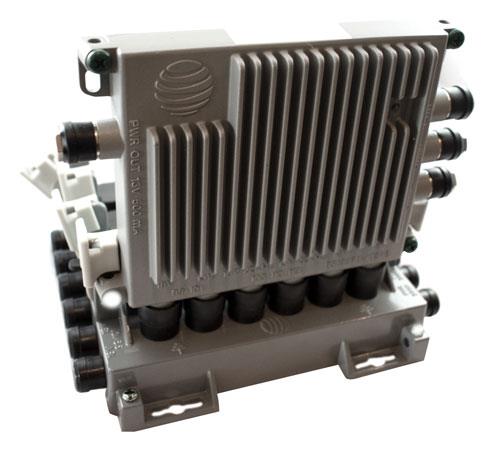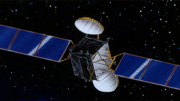I’m always surprised when a piece of equipment generates controversy. After all, these are little tech bits. They aren’t something that you’d think someone would go to the mattresses for. And yet, I get a lot of pushback when I start talking about polarity lockers. They aren’t expensive, but sometimes they can be a challenge to implement. So, let’s talk about what a polarity locker does, and why you probably need one even if you don’t want one.
The two things a polarity locker does
A polarity locker has two purposes in a commercial install. The first, and usually most important, is to power the dish. In a commercial install, the receivers may be hundreds of feet from the dish. They can’t be counted on to power the dish. Often times, the customer tries to save money with copper-clad steel cable that doesn’t carry power. This creates problems down the line that are solved with a polarity locker. The polarity locker is placed within 50 feet of the dish and provides the dish with the power that it needs to operate.
The other use of a polarity locker, and how it gets its name, has to do with the way it sends information down cables attached to its outputs. A DIRECTV system can have up to six different sets of signals going down it. The cable itself wouldn’t be able to carry the entire satellite signal from all of DIRECTV’s fleet of satellites. So, the total signal is split into six parts, and a combination of voltage and a special signal called a tone is added to each. This lets the DIRECTV system in your building know which of the six signals it has on a particular cable.
A polarity locker will tune into all six signals, and send each signal down one of six cables. This will guarantee that when that cable is sent to more than one multiswitch, it will work properly. Otherwise, one of your multiswitches could request one signal, another could request a different signal, and that would end up with nothing working at all.
Is this really necessary?
First of all, a typical DIRECTV dish does need power. Unless your multiswitch is within 50-75 feet of the dish, it won’t provide enough power to the dish. This will lead to signal problems throughout your DIRECTV system.
However, there are dishes that don’t need power from a polarity locker. Marine and mobile dishes generally have an antenna control unit that supplies power, because they need more power than a stationary dish. So, does that mean if you’re on a boat that you don’t need a polarity locker?
The answer is, kinda. It is possible to avoid using a polarity locker and still have some confidence that everything will work.
The DIRECTV SWM expander

DIRECTV’s SWM Expander lets you connect up to four SWM-30 multiswitches to a single backplane. That backplane can be powered by two PI-29Z power supplies to supply power to all four multiswitches.
Because of the way the SWM expander is constructed, it’s not really possible to cross the wires. Each multiswitch will pull the same signals in the same order. It’s also possible to use splitters to do this, but then all the connections are manual and mistakes are possible.
So bottom line…
I still recommend polarity lockers in any case where there is more than one multiswitch, or where the multiswitch is more than 50 feet from the dish. But, it is possible in some cases to go without one if you choose.
Meantime, if you need any of the parts listed in this article, please shop at Solid Signal where you will find everything you need, including the same parts and accessories used by DIRECTV technicians. If you need technical support or any help at all, call us at 888-233-7563 or fill out the form below.





